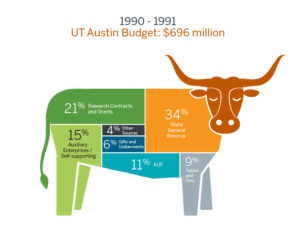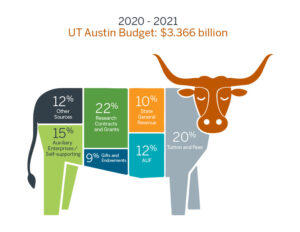
INDEPENDENCE DAY FOR TEXAS
In 1836, a delegation convened at Washington-on-the-Brazos in near-freezing weather in an unfinished building to declare independence from Mexico. The move was justified by some of the following grievances:
- The government of Mexico had ceased to protect the lives, liberty, and property of the people.
- The government had been changed from a restricted federal republic to a consolidated, central, military despotism.
- The people of Texas had remonstrated against the misdeeds of the government only to have their agents thrown into dungeons and armies sent forth to enforce the decrees of the new government at the point of the bayonet.
- The government had failed to provide a system of public education, trial by jury, freedom of religion, and other essentials of good government.
- The Indians had been incited to massacre the settlers.
And, yes, slavery was part of the equation. According to Trinity University associate professor, Carey Latimore, “Slavery was a significant part of the lead-up to the Texas Revolution. Anglo Texans saw slavery and the plantation system of cotton as key to their economic system. Mexico, meanwhile, had a generation of leaders who emerged from their war of independence against Spain with ideologies that were “antagonistic towards chattel slavery.”’
INDEPENDENCE DAY FOR THE UNIVERSITY OF TEXAS
How does the University of Texas, my alma mater, pop in, you ask? Turns out the Texas Exes adopted a resolution in 1900 to remind Longhorns to celebrate both the Lone Star State and the University. It reads:
“Whenever two Texas Exes shall meet on March 2, they all shall sit and break bread and pay tribute to the institution that made their education possible.”
But our Fayette County Texas Exes gathering was not just about paying tribute, it was about raising money for scholarships.
INDEPENDENCE DAY ALARM BELLS
The cost of attending the University of Texas (a public university) is staggering. Just one year for tuition, room, and board, for a liberal arts degree is around $30,000 a year. A four-year degree then becomes a $120,000 venture.
As the two graphics below show, the state government has chosen to decrease funding for public education. Today the state funds only 10% of UT’s budget.
What are we doing to ourselves?
The GI Bill, offering free education to WWII vets changed our economy. According to Student Veterans of America, for every $1 spent on the GI bill, $7 was returned to the economy. Additionally:
- The GI Bill represents the single largest investment in an educated workforce in American history.
- It sparked economic growth and expansion for a whole generation of Americans by:
- assisting 8 million World War II veterans (as of 1956) to obtain education and training benefits,
- creating pathways to colleges for other populations that had historically been excluded, and
- changing the landscape of higher education, ultimately contributed to the middle class.
INDEPENDENCE DAY CLOSING THOUGHTS
Not everyone needs a college education. Skilled workers such as plumbers, electricians, carpenters, and car mechanics are vital to our economy. But this training is costly as well.
However, Georgetown University’s Center for Education and the Workforce predicts that, by 2031, 72 percent of jobs in the US will require postsecondary education and/or training. Furthermore, Forty-two percent of jobs in 2031 will require at least a bachelor’s degree, while only 28 percent will go to workers with a high school diploma or less.
When we fail to allow the best and brightest to pursue an education for lack of money, we are, as we say in Texas, shooting ourselves in the foot.
Sign up on www.mariewatts.com to receive future Stories About Life delivered to your email address or read more stories by clicking here.



Recent Comments